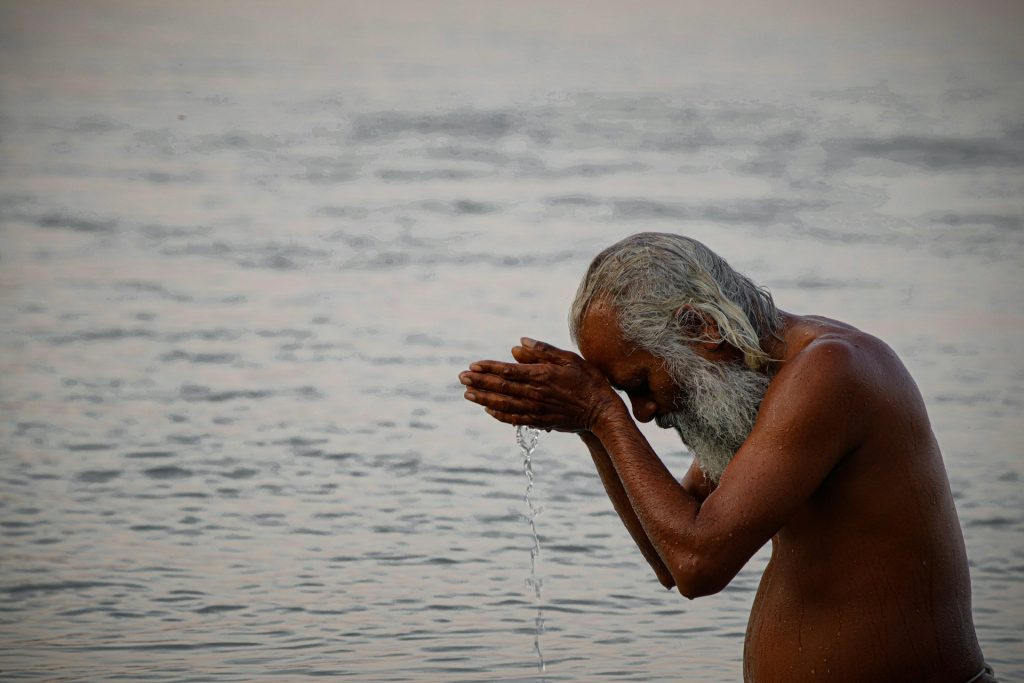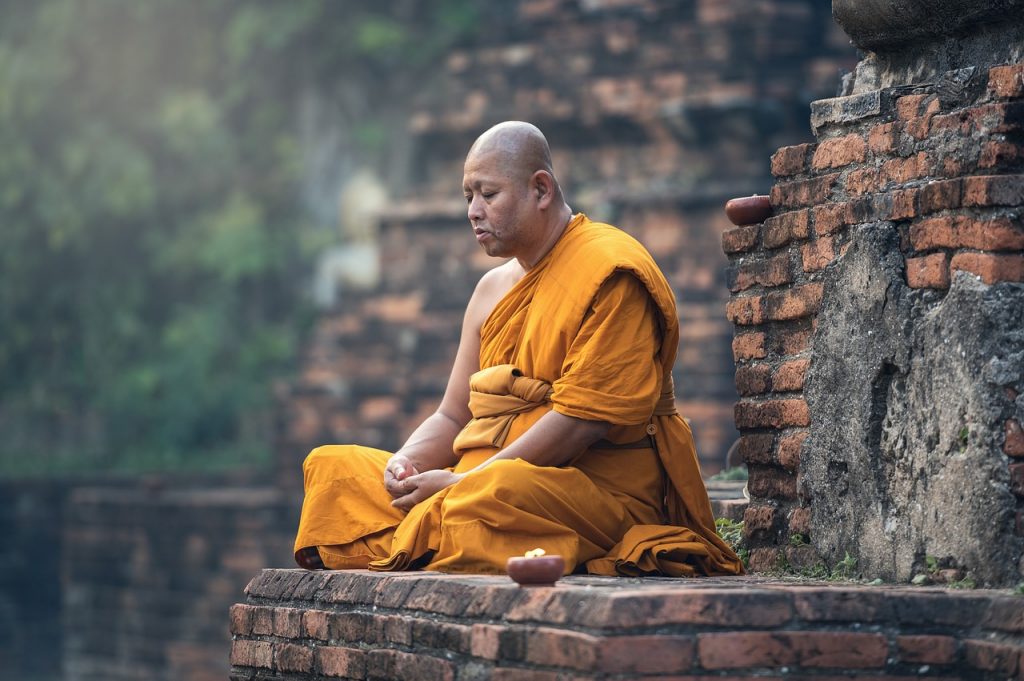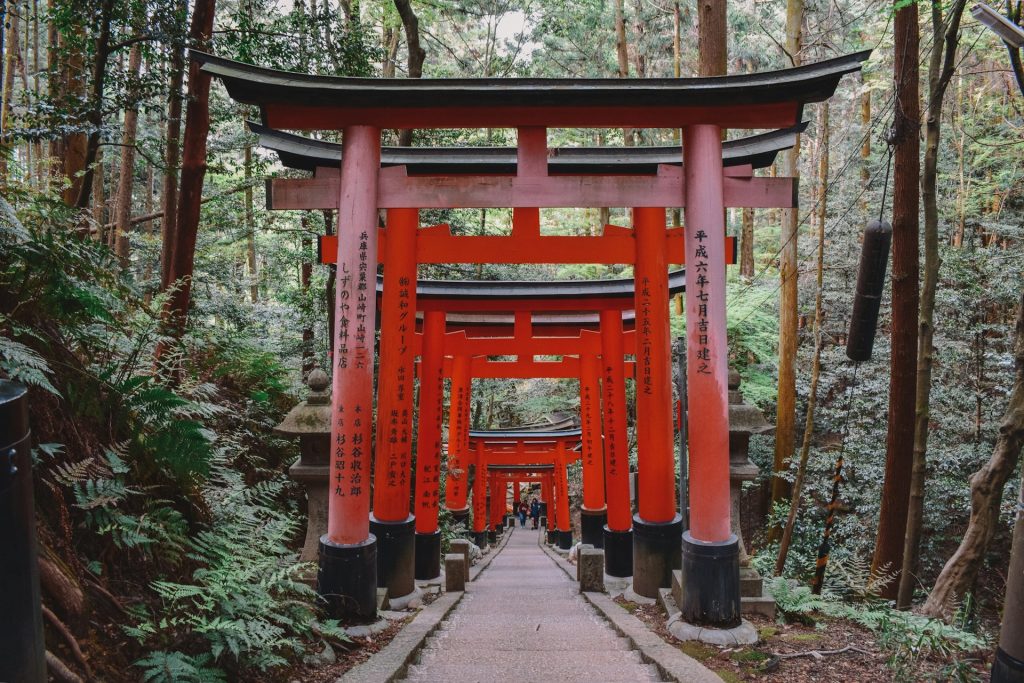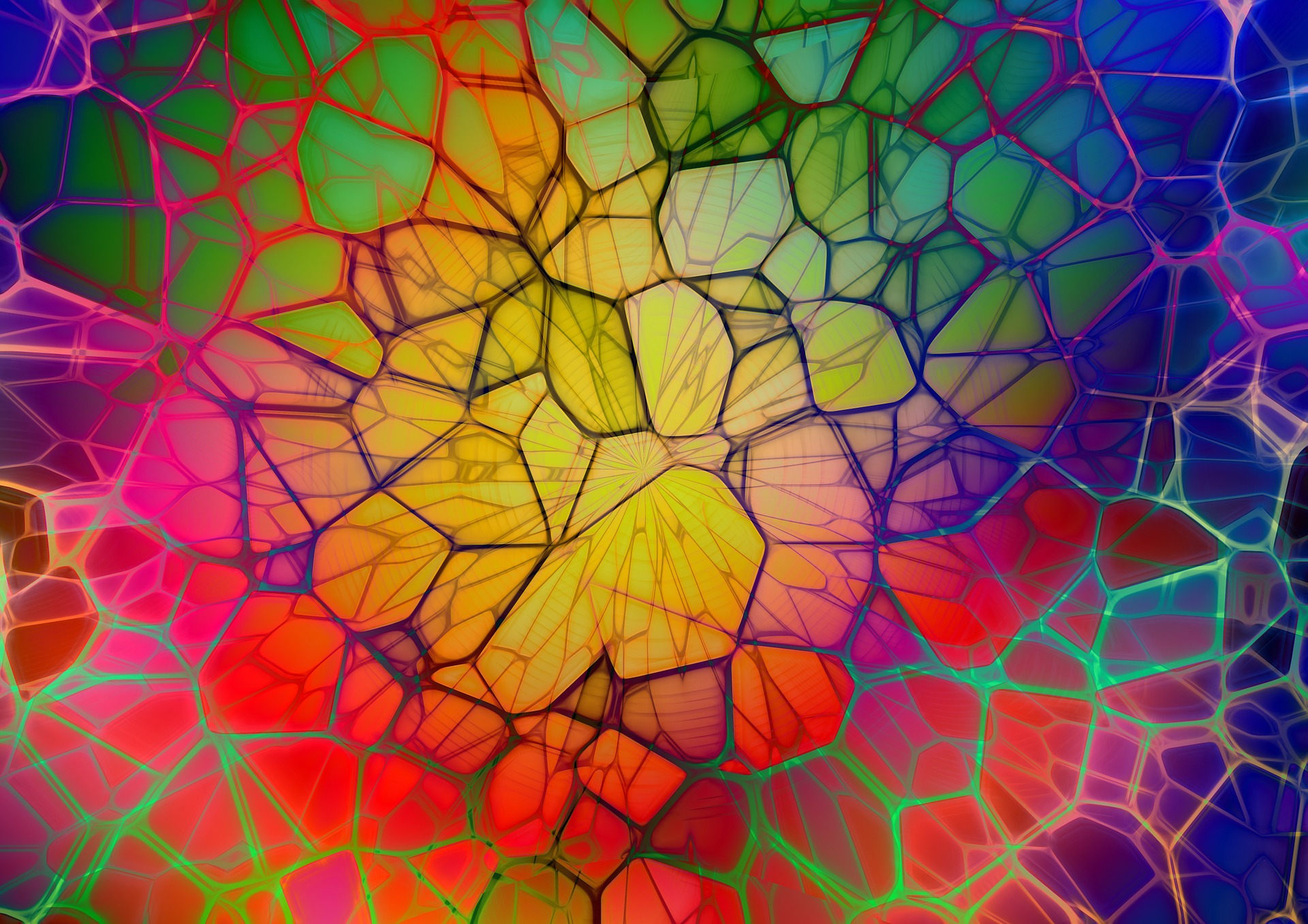The world’s great religious traditions and philosophies have grappled with questions of death, eternal life and immortality for thousands of years. Though modern science has given us new insights into aging and longevity, there is a rich corpus of intellectual thought and concepts in ancient civilizations that not only provides a fascinating peek into what our ancestors thought about life and death but also gives us the tools to look at these complex issues through a different lens.
Besides, for millions of followers of these faiths and traditions, the debates are not merely a matter of intellectual curiosity but a very real part of how they perceive the world.
In the East, learned men, sages and philosophers from various religious traditions such as Hinduism, Buddhism, Jainism and Taoism have pondered upon and written large volumes of texts on the soul, immortality and related issues. Let’s look at some of these philosophical musings and religious beliefs in greater detail.
Hinduism and Jainism
Both Hinduism and Jainism originated in ancient India, and common threads run through how they perceive immortality and life after death.
In traditional Hindu mythology, there are seven characters in the great epics Ramayana and Mahabharata and the vast encyclopedic collection of sacred literature collectively known as Puranas who live forever, according to one reading of these texts. But tellingly, the idea of eternal life is not necessarily seen as a good thing. So, while some of these immortals appear to have been blessed with eternal life, others have been cursed to live forever! The tensions which surround modern-day conversations around immortality can be seen in these ancient stories.
Religious-minded Hindus believe in karma, which is the idea that the atman or soul is indestructible and passes through successive reincarnations depending on how a person has lived his or her previous life. But there is a way to escape this endless cycle of life and death and attain moksha. This is usually done by overcoming desires and conquering ignorance.

In Jainism, the soul is thought of as a conscious and living entity called jiva. The body is merely a vessel containing the jiva. When the body dies, the jiva keeps getting reborn into different bodies, not unlike Hinduism. The ultimate goal is to achieve liberation.
It’s interesting to compare the idea of the atman or jiva, being the real life-force, with the growing body of literature on life-extension thought experiments that seek to download and preserve consciousness long after the physical body has perished.
Buddhism
Though Buddhism also originated in what is now the Indian subcontinent, it spread far and wide to Japan, China, Sri Lanka and Southeast Asia among other regions. So various sects of Buddhism have their own take on eternal life and immortality.
In traditional Buddhist belief, life is thought of in terms of a cycle of death and rebirth called samsara. It is desirable to escape from the cycle. This can be done through good karma or good actions and by expanding one’s wisdom and concentration. A permanent escape from samsara is called enlightenment or nirvana. Once this has been achieved by an enlightened individual, they will no longer be reborn after their physical death. But till they attain nirvana, individuals are born an infinite number of times.

However, unlike Hinduism and Jainism, Buddhists don’t necessarily believe in a permanent soul (or for that matter even in a creator God) because the ever-changing nature of things is central to the Buddhist belief system. Some Buddhists might even refer to energy being reborn, rather than the soul.
But Buddhism is a big tent, and when it travelled to countries like Japan and China, it got mixed with the local existing belief systems.
So, for instance, in the Japanese schools of Buddhism, the beliefs range from reincarnation and nirvaṇa (although dedication to this is minimal) to attainment of posthumous Buddhahood, and Buddhahood in the existing body.
Meanwhile, in certain sects of Chinese Buddhism, the concept of shen, which can be loosely thought of as human consciousness, merged with the original Buddhist teachings from India to form something similar to a soul in the Hindu/Jain sense of the term.
Taoism
Taoism (also called Daoism), which originated in China around the 4-5th century BC, is both a religion and a philosophy. Though the modern Communist state frowns upon overt display of religiosity, there are still millions of followers of Tao in present-day China.
According to Taoist metaphysical beliefs, life and death are simply phases in a cycle of change. Though the physical body must die—and there is no escape from death—man’s essence as being part of the universe is immortal. It’s a rather subtle concept of immortality. There are some similarities with the Buddhist ideas of nirvana, though the way to achieve enlightenment is different. The mysterious power of nature—the Taoist equivalent of nirvana—can be obtained by emptying the mind.
Shinto
Shinto is the most widely practiced faith in Japan, together with Buddhism. Interestingly, many Japanese follow religious practices from both faiths and visit temples belonging to various sects of Shinto as well as Buddhism. The two religions have a lot in common and have influenced each other considerably over the centuries.
According to the Shinto philosophy, each human has an inner kami or divine spirit which is captive and somewhat weakened as long as it remains in the body. But when a person dies, this spirit not only regains its freedom and powers but also keeps interacting with the living world. These spirits have to be kept in good humour—they need to eat, drink and even be entertained! That’s why the Japanese have many festivals to reach out to the ancestral spirits.

Again, there are some striking parallels between Shinto and the very modern Artificial Intelligence-driven idea that in the future consciousness may exist long after the body in its human form has died.
Having said that, the eastern beliefs regarding death and the afterlife are primarily based on faith, and not science and technology. Still, one can’t help but wonder how in the 21st century, humans might be closer than ever to achieving what some of these traditions have long speculated, once we discard their more supernatural and literal interpretations.
For thousands of years Indian, Japanese and Chinese saints, scholars and intellectuals have believed that death is not the end of life but merely the culmination of the physical form of the human body. The soul, or the atman, or the jiva, or the kami lives on in one form or another. Life-extension technologies, especially those that interpret ‘life’ as consciousness, may lead us to look back at these philosophical musings and religious tenets with renewed interest.














